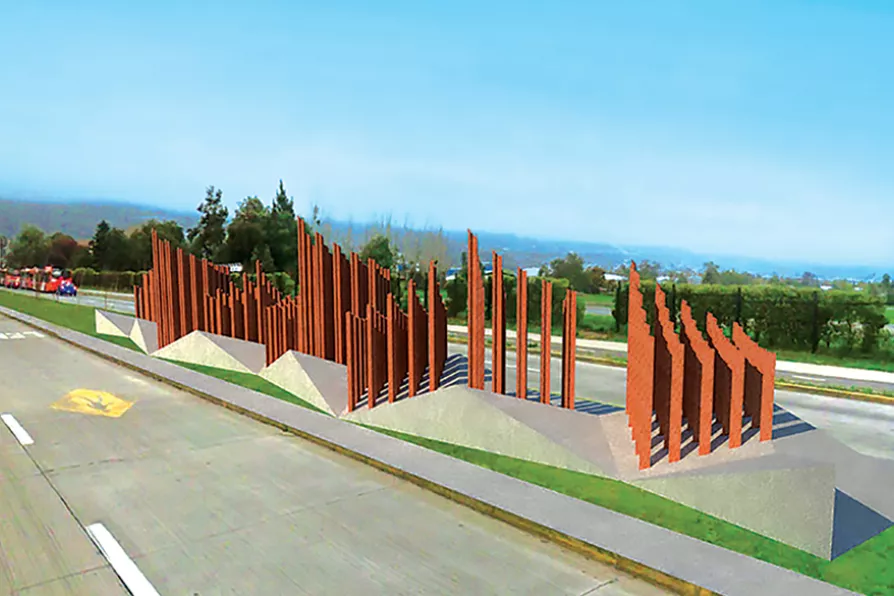RICHARD MURGATROYD enjoys a readable account of the life and meditations of one of the few Roman emperors with a good reputation

 Tobalaba Aerodrome Memorial central alleyway of Fernando Castillo Velasco Avenue, mock-up
[www.arquitectonica.cl]
Tobalaba Aerodrome Memorial central alleyway of Fernando Castillo Velasco Avenue, mock-up
[www.arquitectonica.cl]
CAN you tell us what inspired you to create this unusual sculpture?
The project is the result of those of us who participate in the activities of the Tobalaba Aerodrome Memorial Group.
To relate in a sculptural work to such despicable events as throwing bodies into the sea from an army aircraft implies pain and re-victimisation, but to think that the comrades who suffered this tragic fate are reclaiming their presence among us is more a symbol of hope than of pain.
The concept behind this memorial is that of bodies that, represented by the train tracks, retake their space among us. What we know is that the bodies were tied with wires to the rails. Marta Ugarte, [a teacher] was the only body that returned to the shore, and a mother-of-pearl button was discovered attached to a train rail at the bottom of the sea.
The train rails are arranged in such a way as to evoke the shape of the waves of the sea, with each of the victims identified on a piece of rusty metal that has kept its memory unscathed.
Why place it in a central reservation?
A memorial must be built in the place where the events took place, but at the same time the chosen location must be a place of high public visibility, since the objective is to recount what happened to ensure there will be no repetition.
The central alleyway of Fernando Castillo Velasco Avenue, located in front of the airfield runway, meets these requirements as that is where the take-off and landing of aircraft took place.
It is a connecting route to, among others, Villa Grimaldi, a detention and torture centre from which the bodies of comrades were taken to be thrown into the sea.
The elongated shape of the monument is related to Chile’s geography of more than 5,000km of coastline. The central reservation allows us to simulate that long coastline.

Peter Mitchell's photography reveals a poetic relationship with Leeds













